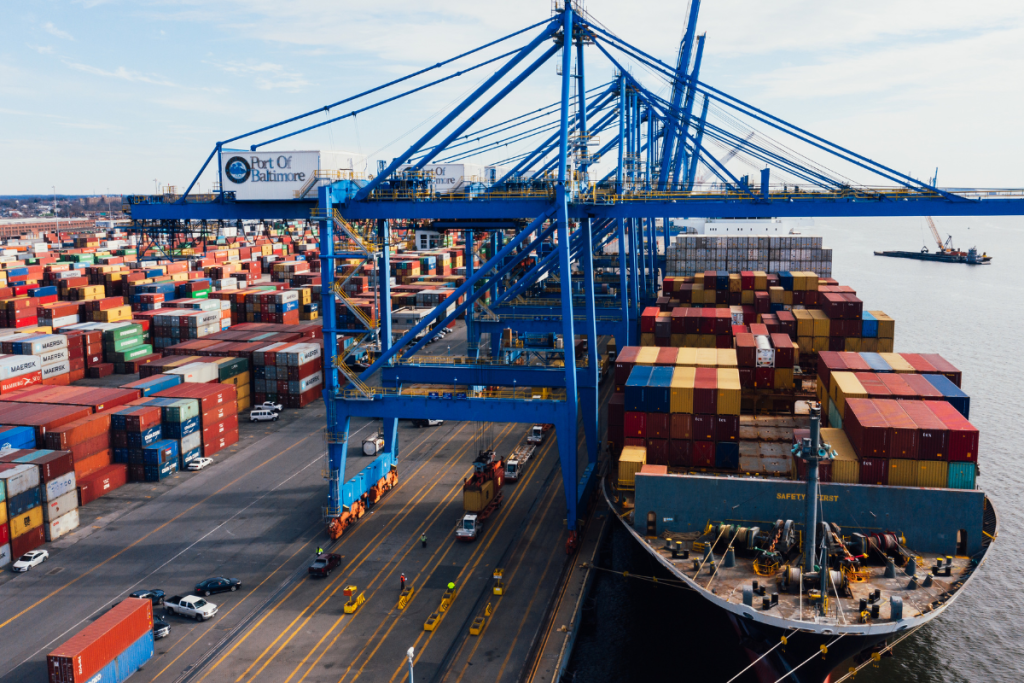Scope 3 emissions, from suppliers, logistics, and product end-use, now account for the majority of carbon exposure in global supply chains. Yet most organizations still rely on estimates or incomplete data, limiting their ability to drive meaningful reductions. For supply chain leaders, the path forward requires not just data, but the right kind of data, backed by procurement-led strategies and unified standards.
Scope 3 Visibility Gap
According to CDP, only 41% of companies currently report Scope 3 emissions, despite the fact that they account for up to 90% of total emissions in sectors like manufacturing, retail, and food. The gap between ambition and capability is particularly wide when it comes to emissions data quality. Many companies still rely on emissions averages or industry proxies to report indirect emissions. These estimates are outdated, generalized, and often ignore regional supplier variations. Without primary, supplier-specific data, emissions tracking becomes more symbolic than strategic.
An increasing number of countries, including the UK, are introducing or tightening requirements for Scope 3 disclosure as part of broader climate and ESG policy shifts. In February 2025, the UK’s Climate Change Committee issued guidance for the country’s Seventh Carbon Budget, covering the period 2038 – 2042. To stay on track for net-zero by 2050, the UK will need to reduce emissions by 87% by 2040, based on 2019 levels. This will demand unprecedented emissions cuts not only within national borders, but across the global value chains tied to UK-based businesses.
To respond effectively, companies must shift from estimated to primary emissions data—real figures provided by suppliers and logistics partners, verified at the source. This transition is being supported by AI-enabled analytics platforms, IoT-connected sensors, and scenario modeling tools that help businesses identify emissions hotspots and evaluate mitigation strategies. Companies like Emitwise and Watershed are already helping multinationals simulate Scope 3 scenarios, enabling proactive decision-making.
Maturity and Standards Gaps
Even with advanced tech, capturing Scope 3 emissions is only as good as the supplier’s capabilities. Procurement teams face a dual burden: sourcing lower-emission products while also educating or supporting suppliers to meet data requirements. Add to that the lack of standardized emissions protocols across regions, and compliance quickly becomes a fragmented, costly process.
Organizations should adopt a supplier segmentation model, classifying vendors based on their carbon data maturity:
- Tier 1 (high maturity): Can provide verified Scope 1–3 emissions and Product Carbon Footprints (PCFs)
- Tier 2 (medium maturity): May need onboarding support and phased targets
- Tier 3 (low maturity): Require training, tools, and transparency incentives
By tailoring engagement strategies, companies can allocate procurement resources effectively while building long-term resilience.
On the standards front, more companies are joining vertical coalitions—collaborations between manufacturers, logistics providers, and tiered suppliers that share tools, metrics, and reporting protocols. These coalitions reduce audit fatigue, streamline data exchange, and improve readiness for policy shifts like the EU’s CSRD or California’s climate disclosure rules.
Operationalizing Scope 3 as a Core Capability
Tackling Scope 3 emissions requires more than improved reporting—it calls for a structural shift in how supply chains are governed, measured, and supported. As emissions accountability expands beyond direct operations, procurement and supply chain leaders are being asked to take on a far more integrative role: one that blends supplier development, digital capability, and strategic alignment on standards.
The path forward will be gradual and uneven, particularly across multi-tier networks, but clarity of data and consistency of approach will increasingly define long-term credibility.





